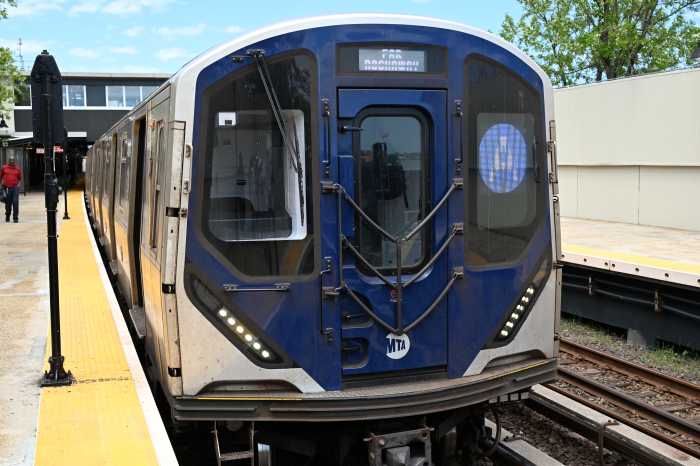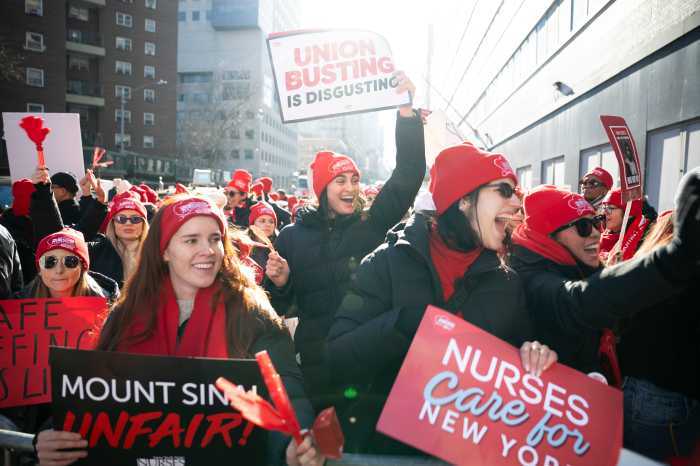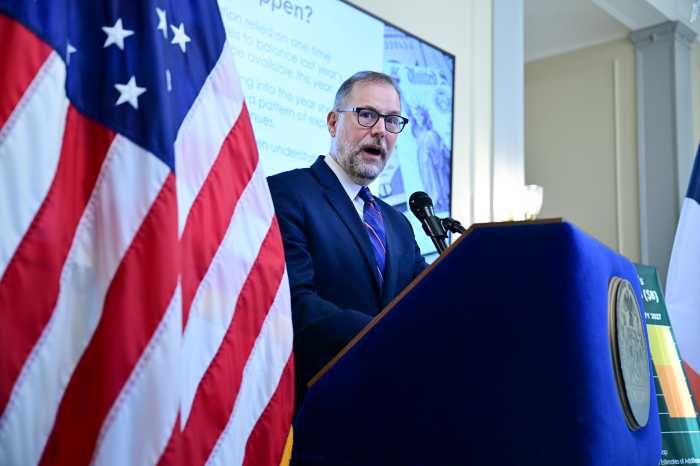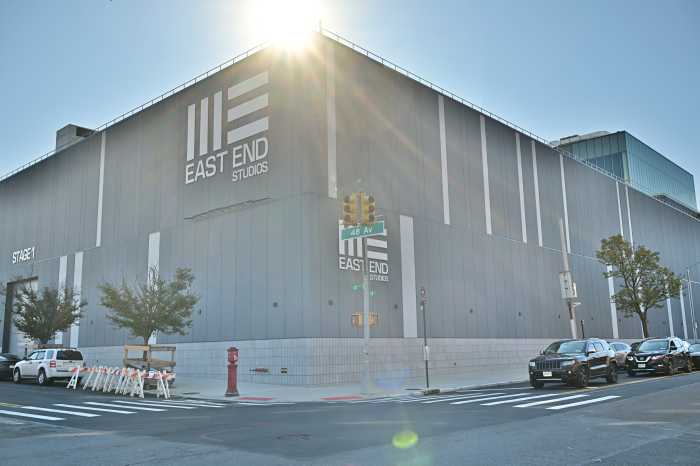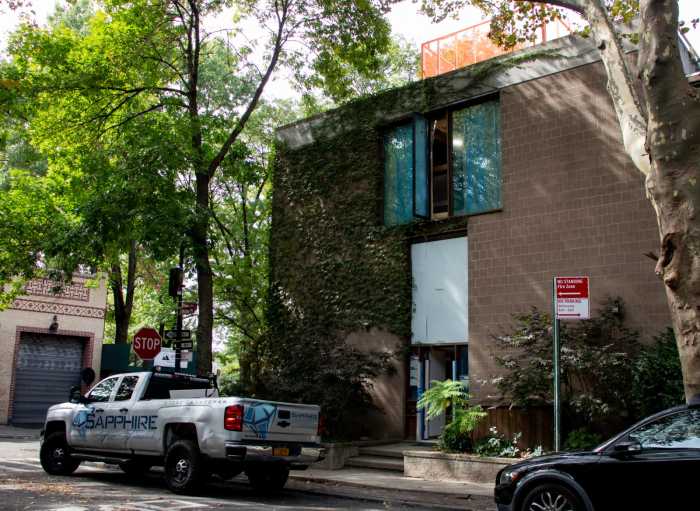With Thanksgiving just days away, more than half of city food pantries and soup kitchens have been dealing with shortages, the Food Bank for New York City said in a report released Monday.
As of September, the report found, about 56 percent of pantries and soup kitchens said they had run out of adequate amounts of food. And 35 percent said they’ve had to turn people away, partly because of increased demand stemming from food stamp cuts.
“Unfortunately we are seeing an increase of clients and a shortage of food,” said Swami Durga Das, executive director and CEO of River Fund, a food pantry in Richmond Hill, Queens. “We look at it as the first line of defense falling further in quicksand. First you have to have food security, you have to have enough food to eat.”
Durga Das said the group receives up to 90,000 pounds of food and serves more than 800 families each week, but supplies have dipped as low as 50,000 pounds weekly over the past several months. About 90 percent of the food River Fund receives comes from donations, Durga Das said, attributing the dips to a decline in those donations.
“Securing the food is really becoming harder and harder,” he added. “Right now we’re still kind of just about hanging in there with it, meeting the poundage, but we have actually in the last six months seen a decline in food.”
About 77 percent of pantries and soup kitchens throughout the five boroughs said they’ve seen more clients since funding for the Supplemental Nutrition Assistance Program (SNAP), or food stamps, was cut in 2013, according to the report.
Margarette Purvis, the group’s president and CEO, said citywide the Food Bank serves one out of every five people. In some neighborhoods that number is closer to one out of every two.
“That should be troubling to any person able to hear these words, read these words, and understand that no one deserves that,” she said, speaking at the group’s legislative breakfast on Monday. “There are trade-offs all the time that we’re having to make at the dinner table. And it’s OK to make those decisions between chicken and turkey, but we don’t want to make a trade-off between eating and not.”
Rosemarie Cruz, 41, lives with her daughter and two sisters in a one-bedroom apartment in East Harlem, and has been receiving food stamps since her daughter was born in 2015.
“I faced impossible compromises: whether I should pay for day care for my daughter or if I should spend the money on food,” Cruz said. “I knew that I needed help … SNAP helps me so I can help my daughter.”
Morningside Heights resident Calvin Hicks, 64, said he receives $42 a month in SNAP benefits, which supplements his shopping. Hicks also relies on disability benefits and a monthly visit to a food pantry.
“With SNAP … you can buy things that you normally wouldn’t buy on a regular basis,” he said, like certain cheeses or cereal. “It’s a great help, you look forward to it.”
Food Bank’s report also looked at which neighborhoods are the most food insecure — meaning they lack access to enough food or are experiencing limited availability of nutritionally adequate foods.
According to the report, Brooklyn had the highest rate, with 18.8 percent of the population experiencing food insecurity. The Bronx was the second highest, with 16.1 percent. Citywide, 14.9 percent of New Yorkers suffer from food insecurity.
When it comes to SNAP enrollment, 33 percent of Bronx residents receive the benefits, while 23 percent of those in Brooklyn do, according to the report.
“What you would hope to see … is that where there’s high levels of SNAP participation, there’s less food insecurity because people are accessing that support,” said Triada Stampas, vice president of research and public affairs at the Food Bank. “What troubles us is where there’s high SNAP participation but still high food insecurity, which is the case in some neighborhoods.”
Stampas said the next step is to take a “deeper dive at the community level” to address any discrepancies in food insecurity and food stamp participation, which could be attributed to a number of factors, including whether community members meet federal eligibility requirements, or even guilt over using the program.
“There’s a whole set of misconceptions,” she added.



